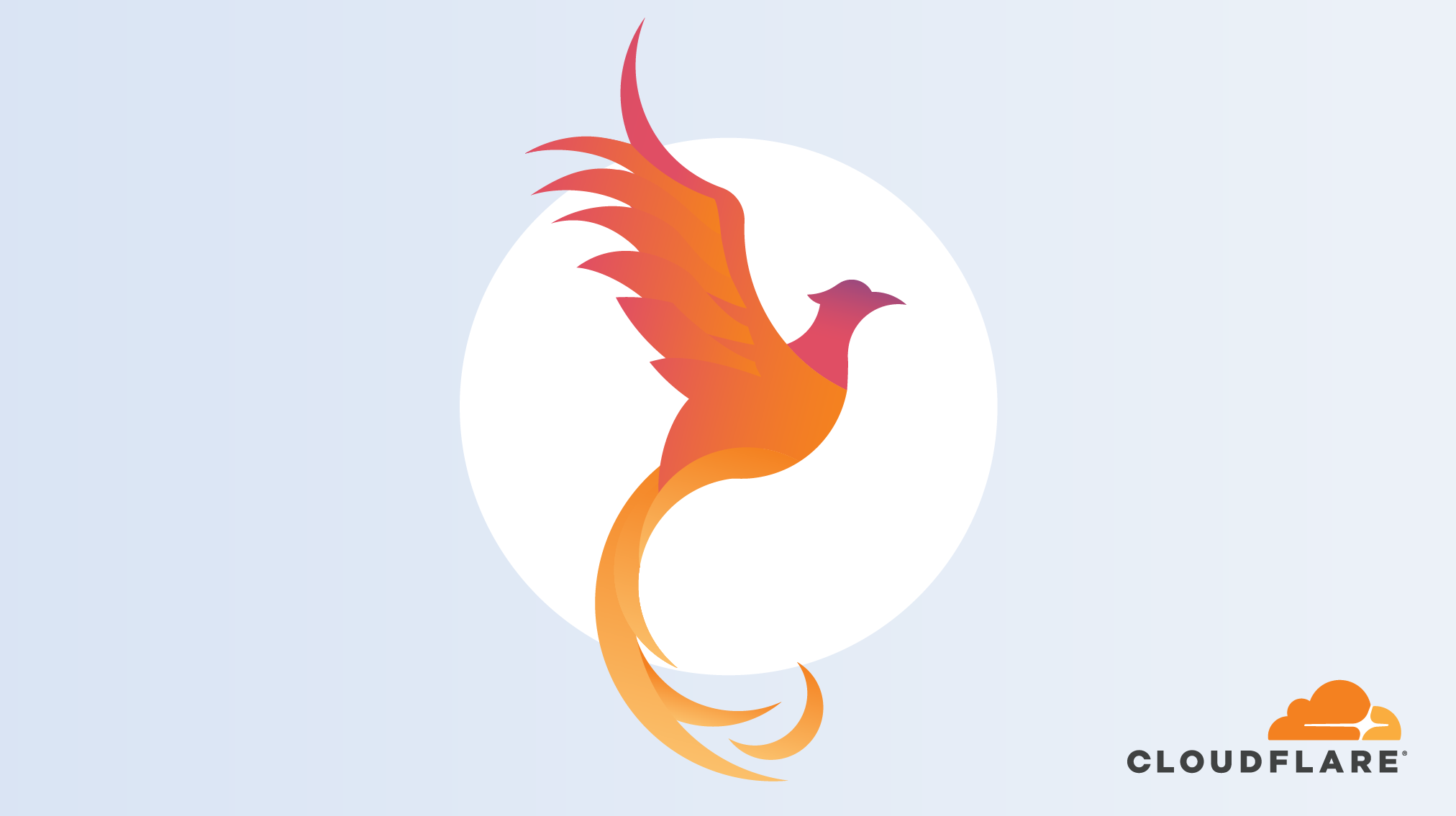Huawei backdoors explanation, explained
Today Huawei published a video explaining the concept of "backdoors" in telco equipment. Many are criticizing the video for being tone deaf. I don't understand this concept of "tone deafness". Instead, I want to explore the facts.Does the word “#backdoor” seem frightening? That’s because it’s often used incorrectly – sometimes to deliberately create fear. Watch to learn the truth about backdoors and other types of network access. #cybersecurity pic.twitter.com/NEUXbZbcqw— Huawei (@Huawei) March 4, 2020
This video seems in response to last month's story about Huawei misusing law enforcement backdoors from the Wall Street Journal. All telco equipment has backdoors usable only by law enforcement, the accusation is that Huawei has a backdoor into this backdoor, so that Chinese intelligence can use it.
That story was bogus. Sure, Huawei is probably guilty of providing backdoor access to the Chinese government, but something is deeply flawed with this particular story.
We know something is wrong with the story because the U.S. officials cited are anonymous. We don't know who they are or what position they have in the government. If everything they said was true, they wouldn't insist on being anonymous, but would stand up Continue reading


 I’ve looked at quite a few pieces of technology in the past few years. Some have addressed massive issues that I had when I was a practicing network engineer. Others have shown me new ways to do things I never thought possible. But one category of technology still baffles me to this day: The technology that assumes greenfield deployment.
I’ve looked at quite a few pieces of technology in the past few years. Some have addressed massive issues that I had when I was a practicing network engineer. Others have shown me new ways to do things I never thought possible. But one category of technology still baffles me to this day: The technology that assumes greenfield deployment.

